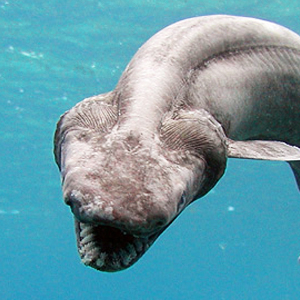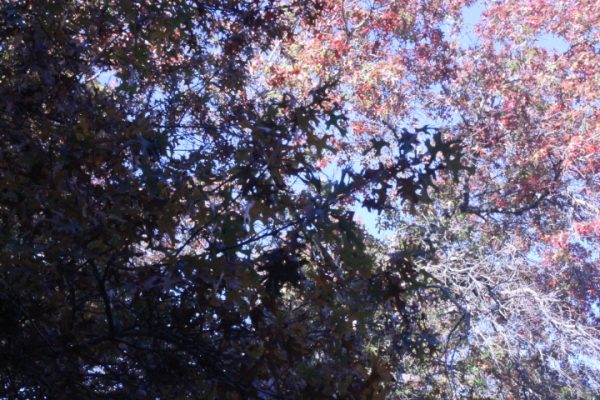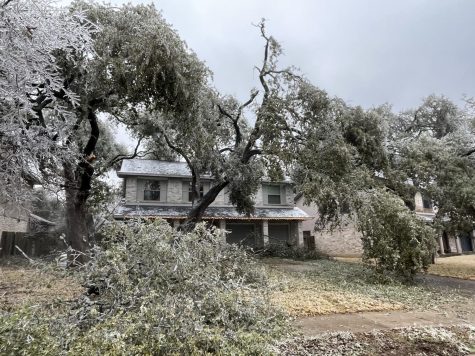The ocean is a weird place full of things we don’t even know about! So here are top ten weirdest ocean creatures in no particular order. Enjoy!
1.Giant Isopod
These guys are native to chilly, deep waters and can grow to be quite large; in 2010, a giant isopod measuring 2.5 feet was discovered by a remotely operated underwater vehicle. Giant isopods are carnivores who usually make do with dead animals that fall down from the ocean’s surface. It’s believed that they grow so large in order to withstand the pressure at the bottom of the sea.

2.Christmas Tree Worm
Scientists found this strange creature at the Great Barrier Reef’s Lizard Island and named it, aptly, the Christmas tree worm. One better might have been “fake plastic Christmas tree worm,” but it’s still a pretty good name. (Scientists also refer to it as Spirobranchus giganteus). The spiral “branches” are actually the worm’s breathing and feeding apparatus. The worm itself lives in a tube, and it can withdraw its tree-like crowns if threatened.
.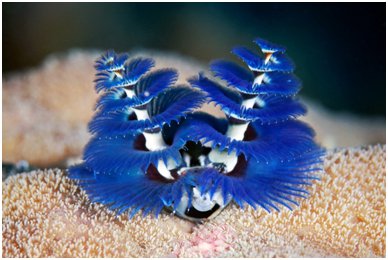
3.Red-Lipped Batfish
This peculiar looking fish is also known as the Galapagos batfish and can be found at the bottom of the ocean. Although the red-lipped batfish appears to have legs, the limb-like appendages are actually fins which the creature uses to stand upon and check out its surroundings.

4.Flamingo Tongue Snail
With a name like Flamingo tongue snail and the flamboyant coloration to match, you might think that this Cyphoma gibbosum has a shell worthy of collecting. Not so. All its color comes from the soft parts of its body, which envelope its shell unless it’s threatened. This specimen was photographed feeding on soft corrals near Grand Cayman in the British West Indies.
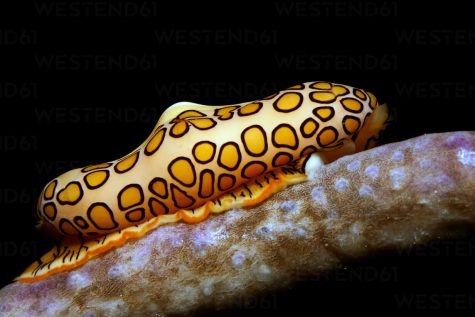
5.Kiwa Crab
This furry-clawed crab appeared so unusual when scientists discovered it 5,000-feet deep on a hydrothermal vent south of Easter Island that they designated it not only a new genus, Kiwa but a new family, Kiwidae – both named for the mythological Polynesian goddess of shellfish. It’s likely blind and may use bacteria in its furry claws to de-toxify its food.
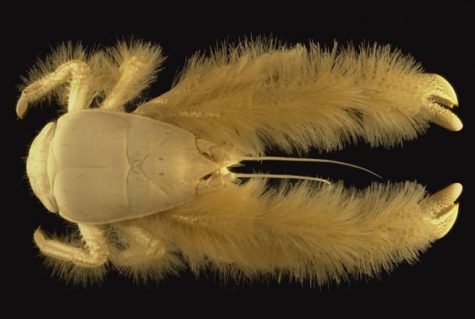
6.Arctic Hydromedusa
This hydromedusa, Bathykorus bouilloni, is common in the deep waters of the Arctic, about 3,300-feet deep. No one knew it, until robotic submarines investigated.

7.Lysianassoid Amphipod
One of many new amphipods discovered by the Marine Census of Life, this Lysianassoid amphipod inhabits the waters near Elephant Island in the Antarctic. Like other tiny crustaceans, amphipods are a big source of food for larger creatures of the deep.

8.Napolean Wrasse
You can’t really beat the description of this creature from the Census of Marine Life: “Exceeding two meters in length, the Napoleon Wrasse (Cheilinus undulatus) is one of the largest reef fish found in the warm waters of the Indian and Pacific oceans. The intricate blue-green design that decorates the face resembles New Zealand Maori war paint, which is the root of its alternative name, the Maori Wrasse. The designs are also unique to each individual, much like fingerprints. A protogynous hermaphrodite, this wrasse can change its sex from female to male.

9.Venus Flytrap Anemone
This Venus flytrap anemone of the genus Actinoscyphia was found in the Gulf of Mexico. Related to jellyfish, sea anemones get their name from the flower of the same name.
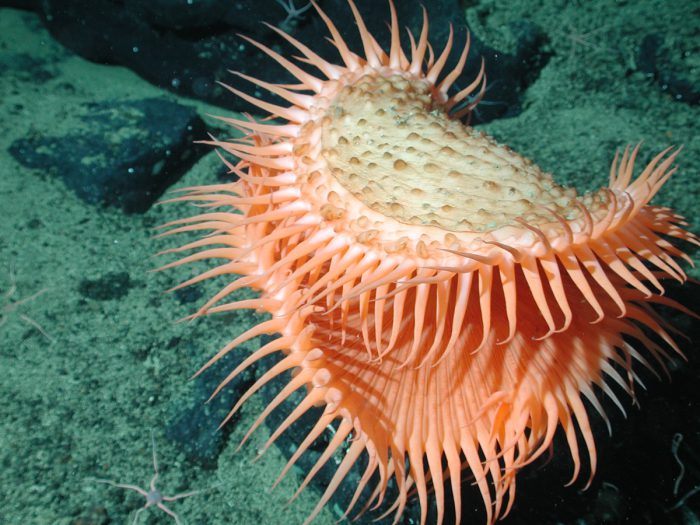
10.Black Swallower
The black swallower fish has the ability to swallow prey much larger than itself thanks to the extended gut attached to its belly. This adaptation is especially useful since black swallowers live in the deep and food can be scarce to come by in the abysmal depths of the sea.

